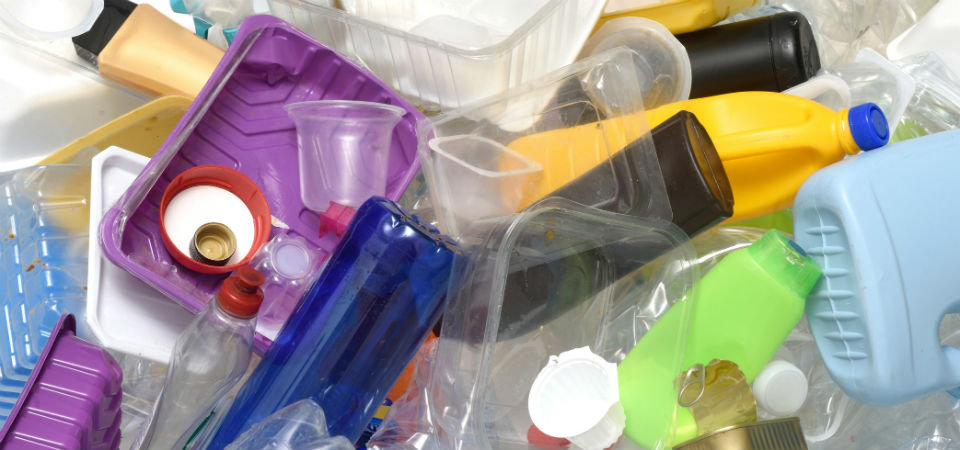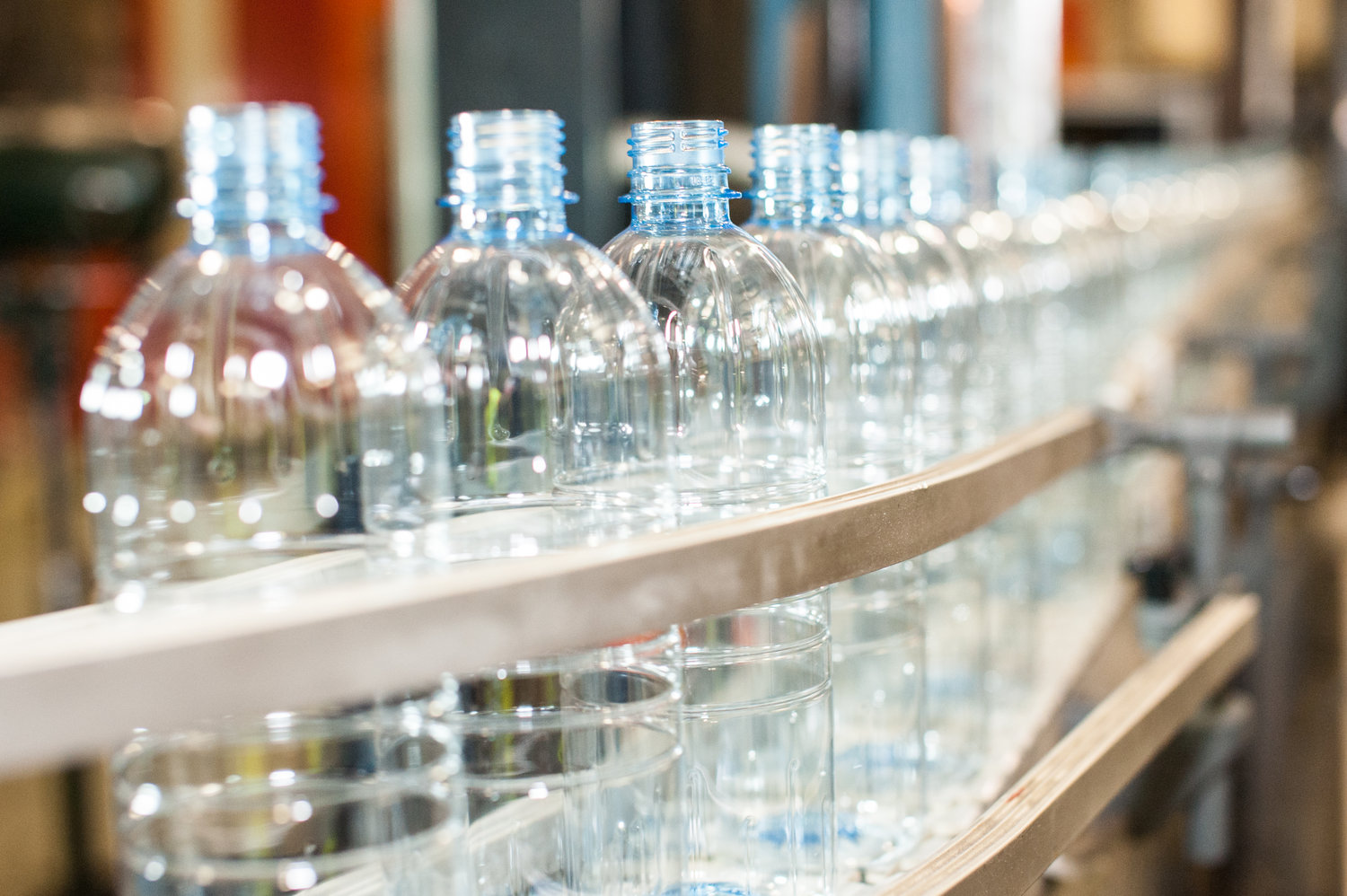In a variety of ways, plastic packaging allows us to protect, preserve, store, and transport things. Many products purchased by consumers would not make it to their homes or stores in good enough condition to be consumed or used if they were not packaged in plastic.
Because of the enormous variety of raw materials and processing techniques available in plastics technology, packaging can be made in an unlimited number of shapes, colors, and technical features. Plastics can be used to pack almost anything, including liquids, powders, solids, and semi-solids.
Plastics are utilized primarily because of the unique combination of advantages they provide:
- Durability: The lengthy polymer chains that make up the raw material for plastics make them extremely tough to break.
- When dropped, plastic packaging is shatterproof and does not shatter into deadly fragments. Visit plastic packaging safety for further information on the safety of plastic packaging, as well as its safety when it comes into contact with food.
- Plastic packaging is great for the packaging of foods, medicines, and pharmaceuticals since it is hygienic. It can be filled and sealed without the use of humans. The materials utilized, including plastic basic materials and additives, comply with all national and European Union food safety regulations. Plastics are commonly utilized as medical devices in close contact with bodily tissue, and they meet the highest safety criteria in their life-saving applications.
- Security: Tamper-evident and child-resistant closures are available for plastic packaging. The pack’s transparency allows customers to inspect the products before purchasing them.

- Plastic packaging goods are light in weight but strong in strength. As a result, consumers and distribution chain staff can easily lift and handle plastic-wrapped products.
- Design Flexibility: The qualities of the materials, together with the industry’s diverse processing capabilities, which range from injection and blow molding to thermoforming, allow for the creation of an endless number of pack shapes and combinations. Furthermore, the wide range of color options, as well as the ease of printing and ornamentation, make brand recognition and information more accessible to consumers.
- Packaging made of plastic saves energy. Plastic packaging can save energy in the transport of packed goods because it is lightweight. Less fuel is consumed, which results in lower emissions and cost benefits for distributors, retailers, and consumers.
- Plastic packaging makes the most efficient use of resources. Plastic packaging has a higher strength-to-weight ratio than conventional materials, making it possible to pack a given amount of product with plastic packaging in Australia rather than traditional materials.
- Food waste is reduced by using plastic packaging. Plastic packaging’s toughness and sealability protect items from deterioration and extend shelf life. Shelf life may be extended from 5 to 10 days using modified environment packaging composed of plastics, reducing food loss in retailers from 16 percent to 4%.
